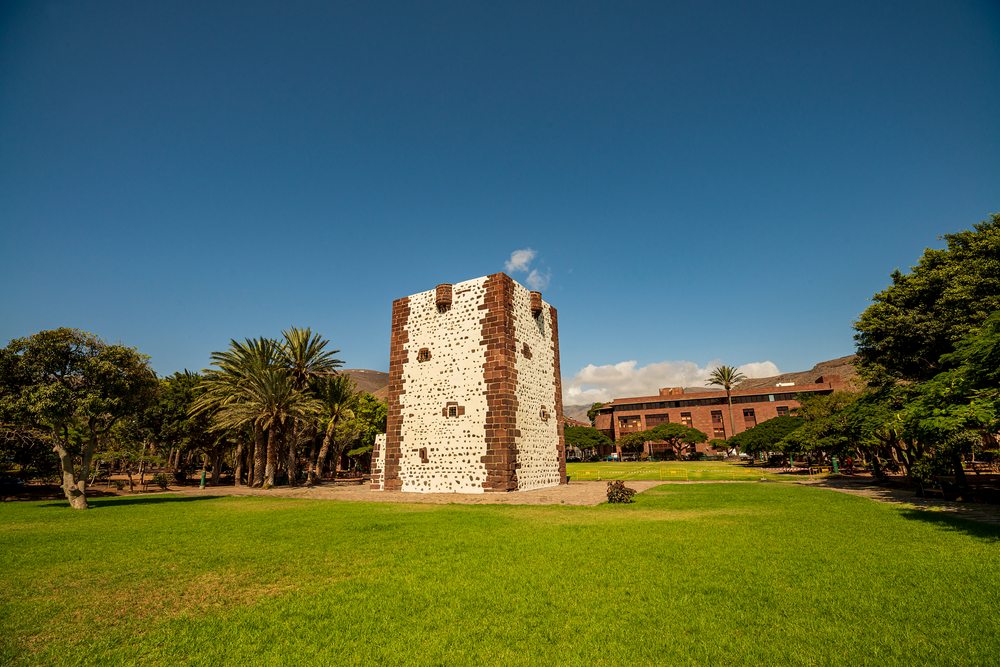History, culture, nature… La Gomera stands out for its natural beauty and its rich cultural history, that visitors can discover by visiting the island’s museums. The museums in Gomera address a wide range of subjects, from archaeology to ethnography, maritime history or nature and, in many cases, they are in historic buildings that are already of great value in their own right.
Archaeological Museum of La Gomera
Some of the most characteristic museums on the island are the archaeological museums, where all visitors can learn about the secrets of the Canary Islands aborigines, among many other things. This is the case of the Archaeological Museum of La Gomera, in San Sebastián. A visit to this museum, which lasts barely an hour, reveals the island’s traditional economic activities and the spirituality of the ancient Aboriginal peoples, with the main attraction being the life-size recreation of a Guanche sacrificial altar. This museum is situated in the so-called Casa de los Echeverría house, a prominent family of the island in the 18th century and considered one of the architectural jewels of the city.
Ethnographic Museum of La Gomera
The Ethnographic Museum of La Gomera is situated in Hermigua, a place dedicated to the research, conservation and dissemination of the island’s popular culture. Situated in a traditional house of the Canary Islands that was built in the 18th century and restored for use as a museum, it houses a large collection of objects and tools that were used in the past by the people of La Gomera, especially in the fields of agriculture, fishing, handicrafts and popular culture, such as hand mills, rye mills, mousetraps and much more.
Torre del Conde
One of the most characteristic buildings on La Gomera is the Torre del Conde, a 15th century fortress, which is also situated in the island’s capital. The function of this military-style building was to represent the lordly power. A symbol of La Gomera, it is the only surviving medieval tower in the Canary Islands.
The magic of La Gomera also lies in its history. Come and discover it!

